All about the
future of food
Understanding key trends

Sustainability
Our food choices have a huge impact on the planet. While the need for change is urgent, we know that many consumers find it tricky to shift their eating habits. They look to the government and industry for leadership, but they’re also keen to make good choices without being told what to do. By offering more sustainable options and making them truly appealing, employers can bring everyone on board with this vital transition.
Mindful choices for a greener plate
More than half of Dutch consumers are concerned about climate change, with 53% wanting more action to halt it. They’re examining their own behavior, but also looking closely at industry and government.
Diet and environment
Both at home and in the workplace, people are increasingly considering the climate impact of their food. Gen Z and Millennials lead this awareness, with twice as many young consumers considering their diet’s environmental effect compared to 2019. For Gen X and Baby Boomers, this figure stands at 36%.
Evolving diets
The shift towards fewer animal-based and more plant-based proteins is well-known for making our food system more sustainable. Yet, we’re not seeing a mass switch to entirely vegetarian or vegan diets. Guests still want more plant-based options in company restaurants, but without completely giving up animal products.
This has led to a rise in ‘flexitarians,’ while fully plant-based diets are growing more slowly. Currently, about 2% of Dutch people are vegetarian, and 0.5% are fully plant-based.
The call for action
Sustainability can be complex and confusing for consumers. They genuinely want to make better choices but don’t always find it easy. That’s why clear government rules, backed by industry support, are crucial.
Half (51%) of Dutch people believe the government should ban socially harmful products. A similar number expect companies to guide them toward more sustainable living, with 44% even advocating ‘true pricing,’ where a product’s social cost is factored into its selling price.
Opportunities for the brave
It sometimes seems like companies rush to switch to a sustainable, meat-free menu, even if it meets resistance from employees. However, sustainability goals and guest wishes are often far more compatible than people think. Especially when you consider that reducing food waste, sourcing local products, and offering items with a lower CO₂ footprint are top priorities for organizations.
Companies that provide full-service solutions for consumers’ sustainability dilemmas will thrive. Employers who prioritize transparency, consumer education, and a wide range of attractive sustainable options in their company restaurants will remain appealing to employees in the long run. The time to act is now!
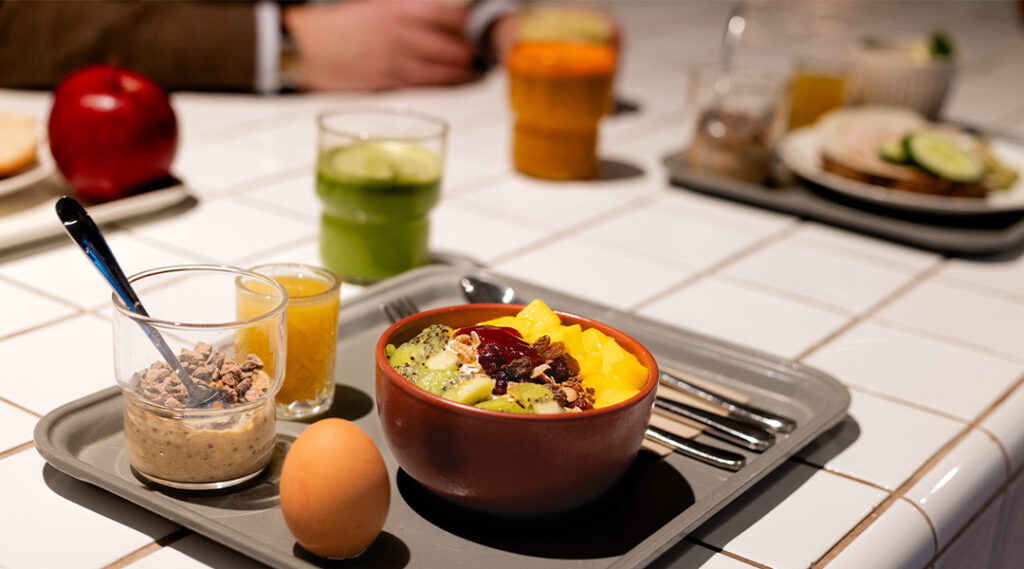
Vitality
Health isn’t a new trend, but the way we approach a healthy lifestyle has changed. People are seeking a balanced lifestyle that boosts both physical health and mental well-being, emphasizing moments for genuine ‘feel-good’ experiences. Employers are leveraging vitality programs and wholesome meals to help their teams stay in top form.
Nourishing both body and mind
Everyone knows food contributes to well-being – blueberries for antioxidants, broccoli for vitamins, and ice cream for a dopamine boost. While the focus used to be on ‘less’ (fat, carbs, calories), today the magic word is ‘balanced.’
Dietary shifts
The protein transition process, meaning the changeover to fewer animal-based and more plant-based proteins, is the most well-known measure to make our food system more sustainable. Despite this, we are not seeing a mass shift to a vegetarian or vegan diet.
Guests still want more plant-based options in company restaurants, but without completely giving up animal products. This has led to far more ‘flexitarians’ in particular, whereas fully plant-based diets are only slowly increasing in popularity. Statistics show that about 2% of all Dutch people are vegetarian, with 0.5% of the population eating fully plant-based.
Fueling the mind
During long days of deadlines and meetings, employees often grab a snack for a ‘feel-good moment.’ A quick, tasty break fits perfectly into a healthy lifestyle, as the definition of well-being has expanded. Beyond physical health, mental well-being is crucial. Staying mentally fit means not just enough exercise and healthy nutrition, but also knowing when to relax and enjoy a piece of chocolate cake.
The enjoyment factor
For the convenience-driven generations – Millennials and Gen Z – enjoyment is just as important as health. Research by the FSIN shows that while a massive 89% of Dutch people value healthy eating at work, 69% of Millennials and 66% of Gen Z-ers primarily visit the company restaurant or school canteen to enjoy their food. This can make hitting fiber and saturated fat targets tricky. However, it’s easier to encourage less sugar, salt, and fewer carbohydrates with the right menu and smart preparation.
Finding the sweet spot
Here’s where employer interests and employee desires sometimes diverge. Companies want boot-camp sessions, salad buffets, and meditation apps to keep staff in top shape. A survey among our clients shows 73% have a vitality program. Soon, employees might find it hard to escape their boss’s good intentions.
Yet, a wagging finger often meets resistance. Above all, employees want to eat what they find tasty, even if it’s a comforting sausage roll, an affordable chocolate bar, or a quick, convenient snack. We call this ‘balanced enjoyment.’
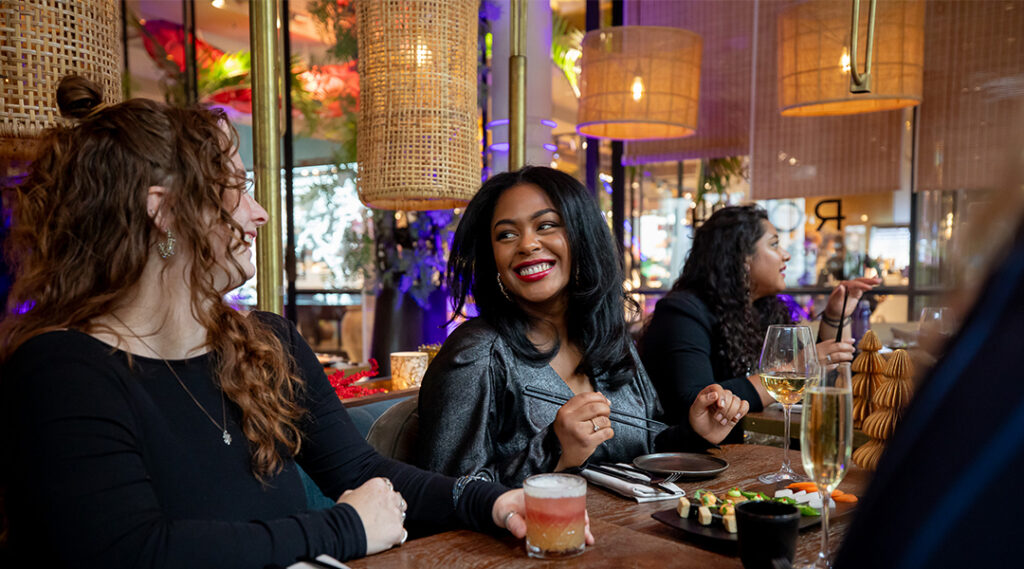
Generations
The labor market is tight, and employees are increasingly vocal about their needs. To attract and retain the right people, employers must listen closely to their wishes regarding work-life balance, tasks, responsibilities – and even lunch in the company restaurant.
Currently, four distinct generations are in the workplace, from Gen Z just-graduated 18-year-olds to Baby Boomers nearing retirement. Each has unique needs, wishes, and worldviews. A ‘one size fits all’ approach simply won’t work.
An effective strategy demands balancing and personalization, especially for individual preferences related to eating, drinking, and work culture. Our community experts help clients build truly attractive office cultures.
Catering to every era
With four generations in the workplace, the ‘typical guest’ no longer exists. Each generation has unique needs, wishes, and its own worldview. An ‘one size fits all’ approach won’t work. An effective strategy demands balancing and personalization, especially for individual preferences related to eating, drinking, and work culture.
Generation Z – Digital natives, conscious consumers
1995 – 2010 | Under 30 years old | About 5-10% of the working population
The youngest employees grew up with technology, like smartphones and social media, which they take for granted. Gen Z is often seen as creative and enterprising. They strongly believe in social justice and are environmentally aware.
As consumers, they value convenience and speed. Gen Z truly values authenticity, seeking unique and trendy food experiences they can share on social media. They are sensitive to trends and hypes, influenced by online reviews and influencer recommendations.
Millennials – Purpose-driven, globally minded
1980 – 1994 | Between 30 and 44 years old | About 35-40% of the working population
Millennials are often seen as ambitious and optimistic, seeking meaning in their work and life. As employees, they crave feedback and recognition. Millennials are often on the lookout for unique experiences and brands that align with their lifestyles and values.
This makes them adventurous in their food choices, open to new flavors and world cuisines. Authenticity, sustainability, and social responsibility are key values for Millennials, leading them to seek healthy and ethical options like organic, local, and plant-based food.
Generation X – Pragmatic, quality-focused
1960 – 1979 | Between 45 and 64 years old | About 30-35% of the working population
Gen X-ers are often leaders and managers. They grew up in a time of economic and political uncertainty, learning to be self-reliant and pragmatic. As consumers, Gen X-ers are loyal.
They appreciate convenience, quality, and value for money in the company restaurant. Gen X-ers prefer authentic, homemade, and fresh dishes, stemming from their desire for quality and the assurance that their meal has been prepared with care.
Baby boomers – Traditional, trusts familiarity and comfort
1940 – 1959 | 65 years old and older | About 10-15% of the working population
Baby Boomers are the oldest working generation, with their proportion in the workplace declining as they retire. This generation is often seen as hardworking, loyal to their employer, and advocates of tradition.
They highly value stability, security, and financial certainty. In terms of catering, they opt for quality, familiar, artisan dishes. They often choose familiar and trusted brands and products, preferring traditional homemade meals over fast food or ‘ready to eat’ options.
Pioneering tomorrow’s culinary landscape
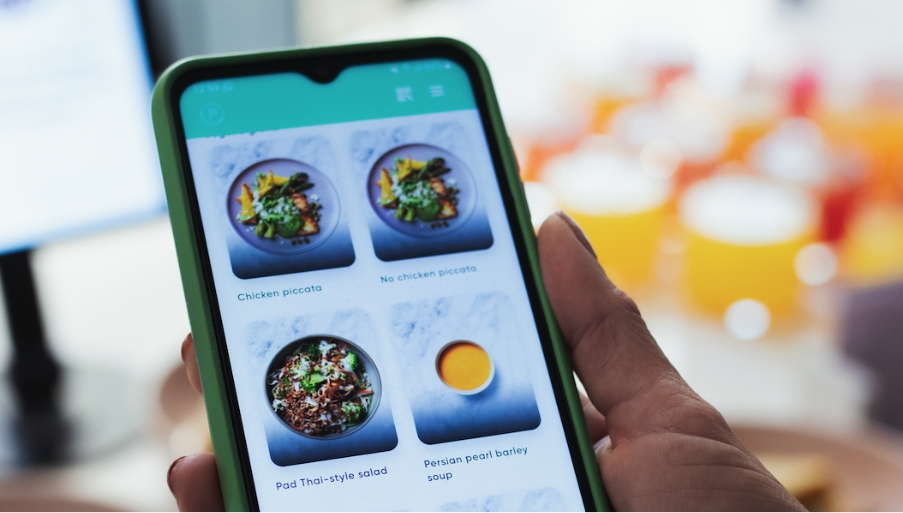
Join Program: Redefining office catering
Join Program aims to set a new standard in office catering by delivering truly exceptional services for company restaurants. It’s a fresh, thoughtful, and delicious take on office catering that integrates seamlessly into today’s modern workplace. Imagine restaurant-quality food – freshly prepared and plated with care – easily ordered, paid for, and rated within their app. Plus, an activation program full of surprises for your community.
Join Program is designed to transform workplaces into the best place to eat. Guided by a rich culinary vision and inspired by customer feedback, their curators continuously design an inclusive food program for diverse teams. They create experiences that boost productivity and build a sustainable, vibrant office culture – one meal at a time.
Whitepapers: Insights from the frontlines
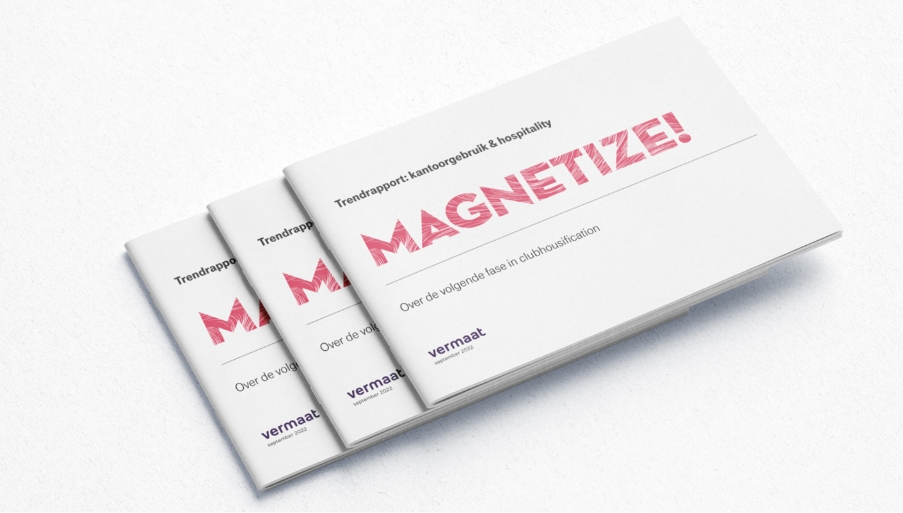
What global trends and developments are we observing? What matters most to our guests, and what should we consider when developing innovative catering concepts? Our F&B innovation team, based in the Netherlands, supports our locations by monitoring all market trends and developments, translating these into applicable modules at the local level.
Clubhousification (2021)
Our whitepaper ‘Clubhousification’ was based on surveys and interviews with our corporate clients. It offered insights into how employers prepared for the uncertain and challenging ‘return to the office’ during the Covid pandemic.
Magnetize (2022)
Our whitepaper ‘Magnetize,’ also based on surveys and interviews with corporate clients, highlighted the growing desire among employees to return to the office, despite the perceived advantages of working from home.
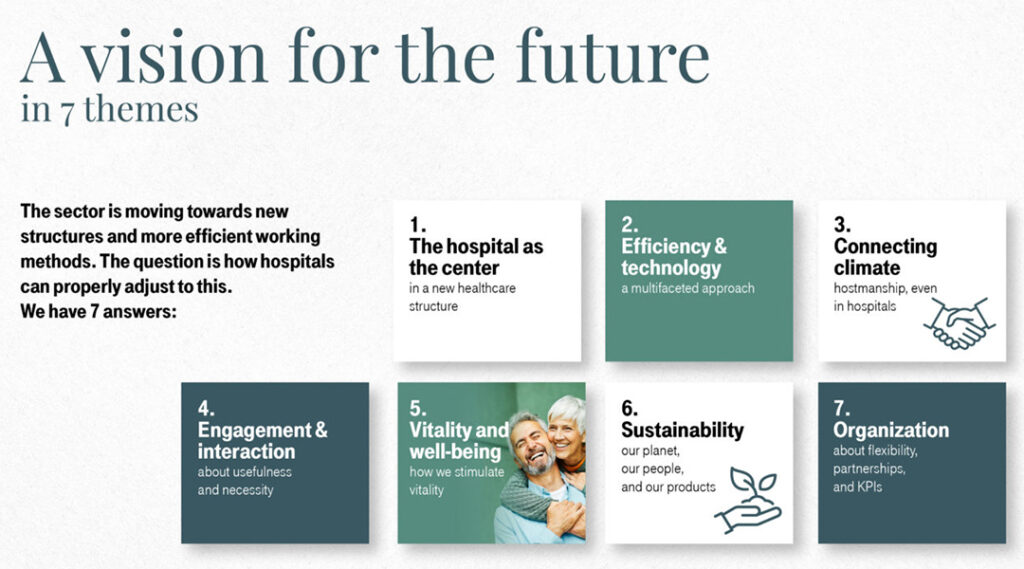
The Connecting Hospital (2023)
In our trend report, ‘The Connecting Hospital,’ we offer insights into healthcare trends and their impact. Significant changes are anticipated with the emerging discrepancy between the growing number of people in need of care and the decreasing number of caregivers. Major trends like cost control, technological innovation, and an increase in chronic conditions are also at play.
In this report, we propose suggestions for a future vision that aligns with these insights. One thing seems certain: ‘connection’ is essential for successful change – the hospital as a connector within care networks and between people and teams.

Guestify (2024)
The whitepaper ‘Guestify’ provides insights from a guest perspective, identifying a growing gap between employer expectations and employee wishes. It features interviews with four different generations in the workplace, who shared their perspectives on social topics such as sustainability, vitality, technology, and fostering connections in the workplace.